The theme of humans and nature, regarding our place within the world’s existence and of all the connections and entanglements that have formed since the emergence of our species on Earth gains a particular interest considering our current climate urgency and the post-anthropocentric perspectives on the planet that have started to emerge. I’ve mentioned “world”, “earth”, “planet” because these are words that reflect different ways of relating to the environment and even to the universe. Following Eugen Thacker’s theory [1], these representations are: “world-for-us”, which is the world with which we interact, that we endow with significance by means of interacting with it and which we anthropomorphize (World); “world-in-itself”, born out of the objective reality of its streams and phenomena that resist our interventions, thus becoming “world-for-us” as soon as we think it and start to scientifically investigate it (Earth); and eventually we arrive to the “world-without-us”, a speculative concept which aims to extract the human element from the equation, a world that cannot coexist with the aforementioned ones, a world that brings us face to face with the “cosmic horror” (and impossible to comprehend) idea of an impersonal and anonymous world in which we do not exist (Planet).
With these concepts in mind, we can see how the artistic research A ‚Being’ Nature / Natura Creatura / Naturwesen / […] conducted by Jasmina Al Qaisi and Ralf Wendt is being woven. The two artists travelled around the world for almost a year on an exploration trip of the “world-for-us”, trying to understand the recent need of many people to go back to nature and re(live) in this vivid and ever-changing space that’s far from the city, as well as the ways and techniques they chose to positively and effectively intervene in changing or preserving and protecting the environment. This aspect was first realized by initiating a dialogue and creating a space for debate to bring together subjective perspectives and experiences regarding the meaning of living-in-nature. Another part of the research focused on the exploration and territorialization of certain areas that were more or less wild, but nevertheless teeming with life. In these surroundings, the artists blended in the environments and started capturing and documenting them by various means while also interfering with the space by populating it with miniature plastic animals that functioned as some sorts of hybrid objects, an experiment that they’ve also repeated at the multimedia installation at arta.nonstop gallery.
The artists’ journey ended with a two-week research period in Sibiu and its surroundings, the field work revealing an array of ethnicities, cultures and spoken languages and above all, a community of different people for which nature is complementary to life, or quite the opposite, it represents an incremental aspect, but nevertheless incredibly vital for their existence. This human diversity reflects the natural ones’ abundance and shows us the anthropological and philosophical importance of the concept of translation as defined by Bruno Latour: ”displacement, drift, invention, mediation, the creation of a link that did not exist before and (that)… modifies two elements or agents.”[2]
The two weeks spent around Sibiu resulted in a series of audio installations that populated some of the most important spaces in the city, such as the independent contemporary art center, arta.nonstop, the German Cultural Centre of Sibiu, the Evangelic Church, the ASTRA County Library and Gong Theatre. The social component played an important role in this project, where people were invited to share their experiences, ideals and shortcoming, as well as collective solutions concerning nature and the way we organize and preserve it. People’s voices are merging/blending for hours with the humming of birds and insects, animal whimpering, meteorological phenomena, and canticles; the entire nature rustles and is in fact the protagonist in this world where humans become visitors-observers but are also part of it. In a space where organic diversity is getting smaller and smaller, the memories and nostalgia of the interviewees serves as a call to action for our need to restore the abundance and biodiversity that used to be when nature was a space embedded in life, not just a refuge from our disconnected world.
“Beauty and grace are performed whether or not we will or sense them. The least we can do is try to be there” – Annie Dillard
When it comes down to the subject of humans-in-nature we often hear about the need to connect with the environment, the need to sit still, we hear talk about mindfulness and the need to recharge, about our place in nature and the nature within us. But the voices from the installation invite us to pay attention to a new approach, to observe those moments that happen in nature in a particular place and at a particular time. To bear witness to those moments means to understand a little bit more from this complex environment. To explore and analyze the communication between animals, to take care of nature not only for the benefits it offers, but for its intrinsic value, simply because it exists regardless of us.
The artists’ investigation of the forces of nature seems to reach its climax when engaging with the real and conceptual object of the swamp. Detested by the humans that look for the comfort of flat surfaces, on which you can rely and build on, the swamp is an essential ecological system, without any sharp boundaries, which throbs with micro and macroscopic life, a model of symbiotic and equally poetic coexistence for a multitude of undergoing relations. In the case of the swamp, we can see how necessary it is for us to disengage ourselves from an anthropocentric view of nature and to cease analyzing, measuring and weighing nature based on the immediate and economic benefit it brings us, but rather to celebrate it as a living organism, one that is diverse and aware, and which doesn’t need other reasons to be kept ”alive”.
A Being Nature / Natura Creatura / Naturwesen / […] contains lots of material in such a way that it can appear endless. At the same time, it has the capacity to easily integrate itself, in a non-invasive way, in the spaces where it is installed. The recorded dialogues are constantly accompanied by nature sounds. As should be obvious by now, for us nothing takes place outside nature and most of the time we forget that nature was here before us and that it will surely remain here after us. We are passengers, we pass through this everchanging space and constantly re(discover) ourselves in it, but we should try and learn to observe it apart from ourselves, or in other words, without-us.
A Being Nature / Natura Creatura / Naturwesen / […]
Sound and multimedia installation by Jasmina Al-Qaisi and Ralf Wendt
Curated by Iris Ordean
Opening: Monday, 2nd of August, 6 p.m.
Exhibition duration: 2-19th of August 2021
Vocal accounts from Sibiu area: Simona Ledermann, Adriana Chiruță, Monika Tompos, Winael Baldus, Hans Scherer, Kilian Dörr, Lucia Sevestrean, Iain Trewby, Cristian Cismaru, Dan Perjovschi, Lia Perjovschi, Viktoria Luft, Joe England, Sandy Stancu, Andreea Madalina Burghelea, and more.
[1] Eugene THACKER, In The Dust of This Planet, Zero Books, Washington, 2011, pp. 4-5
[2] Bruno LATOUR, On technical mediation: Philosophy, sociology, genealogy, în Common Knowledge Nr. 3, Vol. 2, 1994, p. 32, accesibil http://www.bruno-latour.fr/sites/default/files/54-TECHNIQUES-GB.pdf
POSTED BY
Alexandra Coroi
Alexandra Coroi is a translator and art enthusiast and you can always find her on a beach in Greece. Or at least that’s what she dreams of. She takes daily long walks and uses her phone camera to sh...
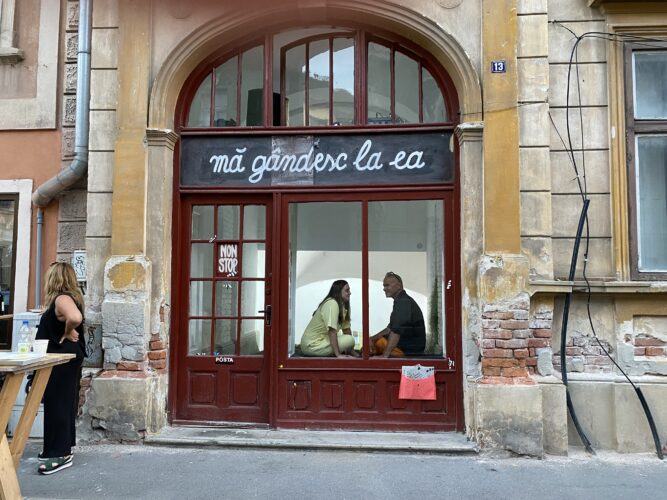
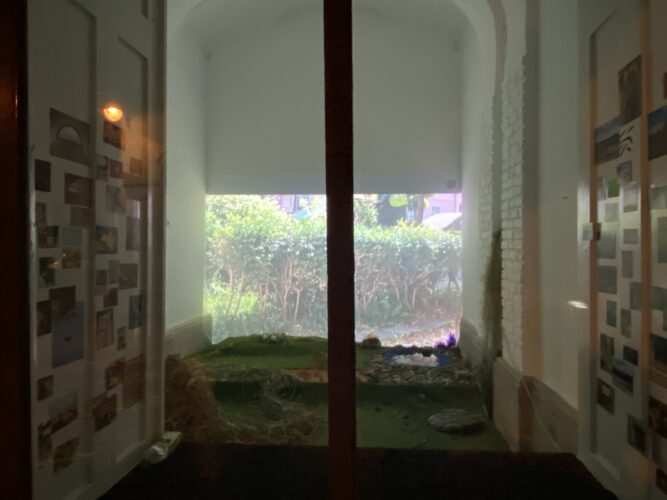
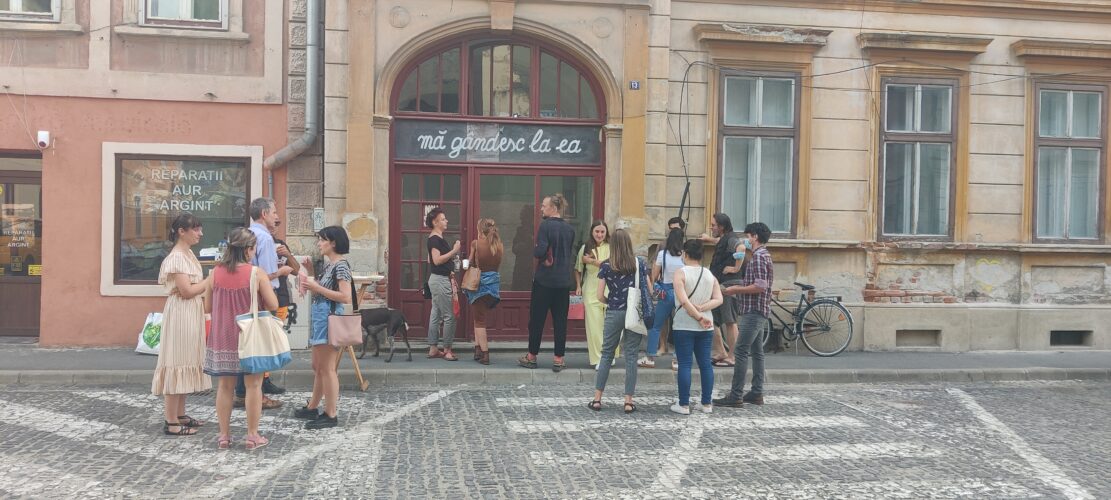
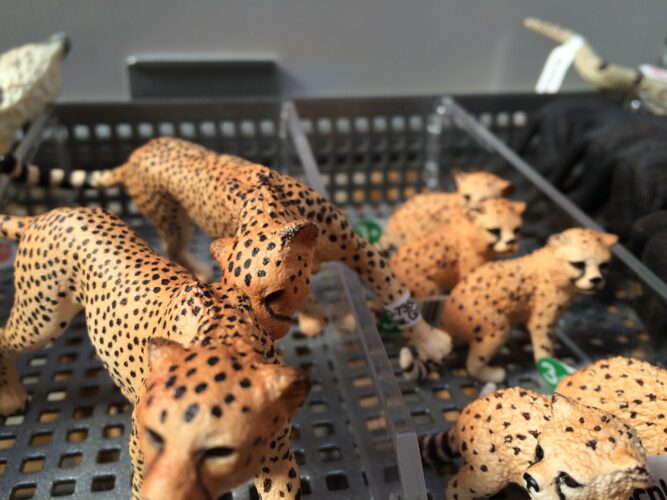
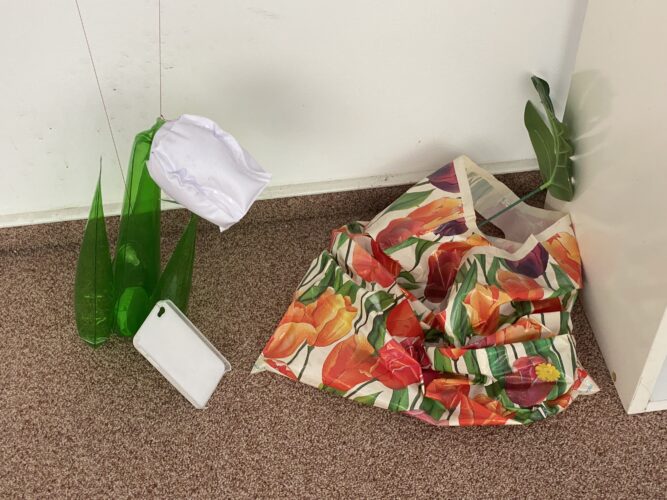
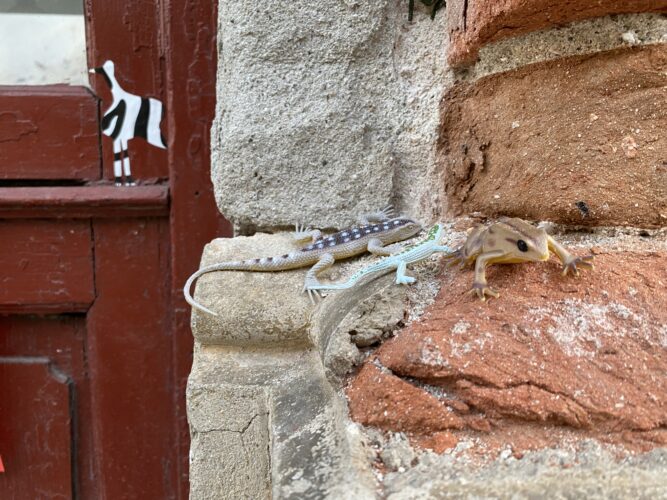
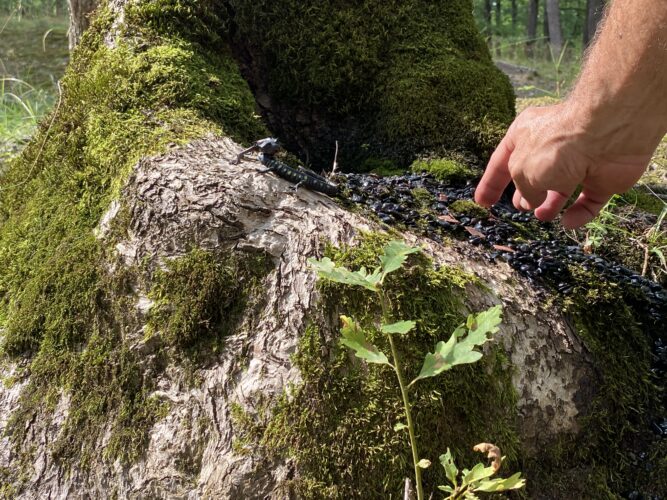
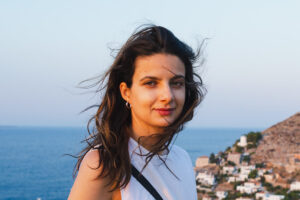
Comments are closed here.